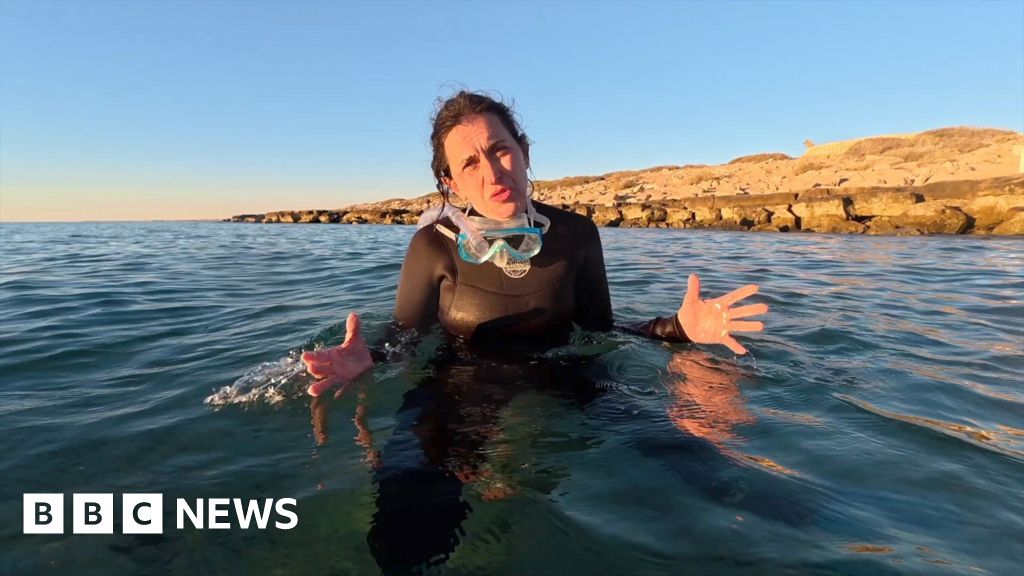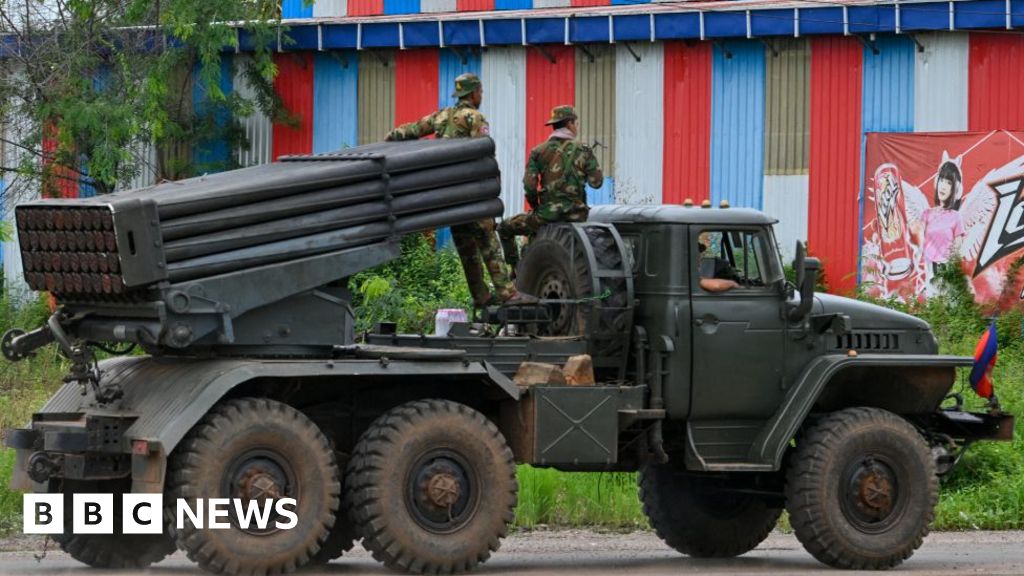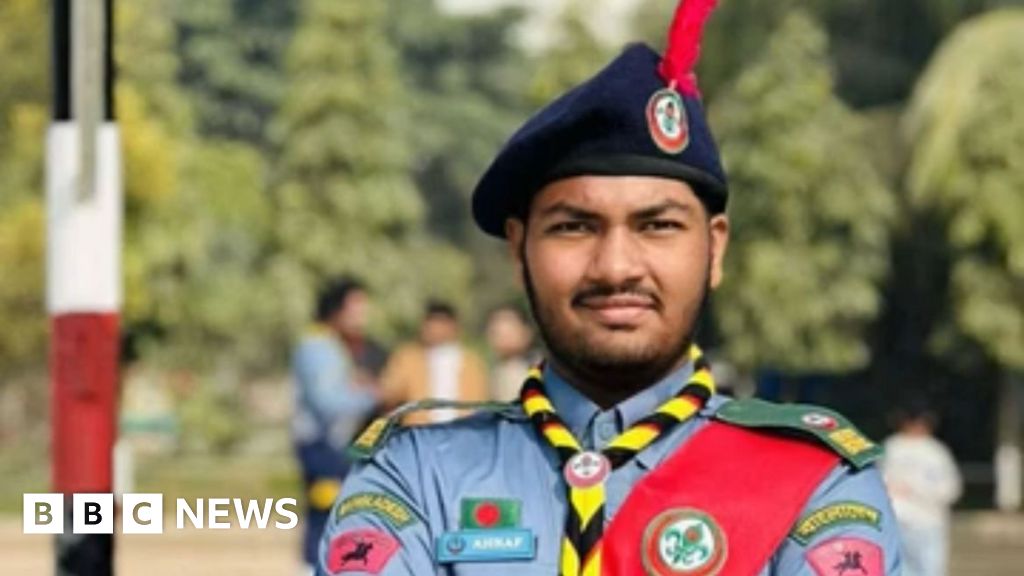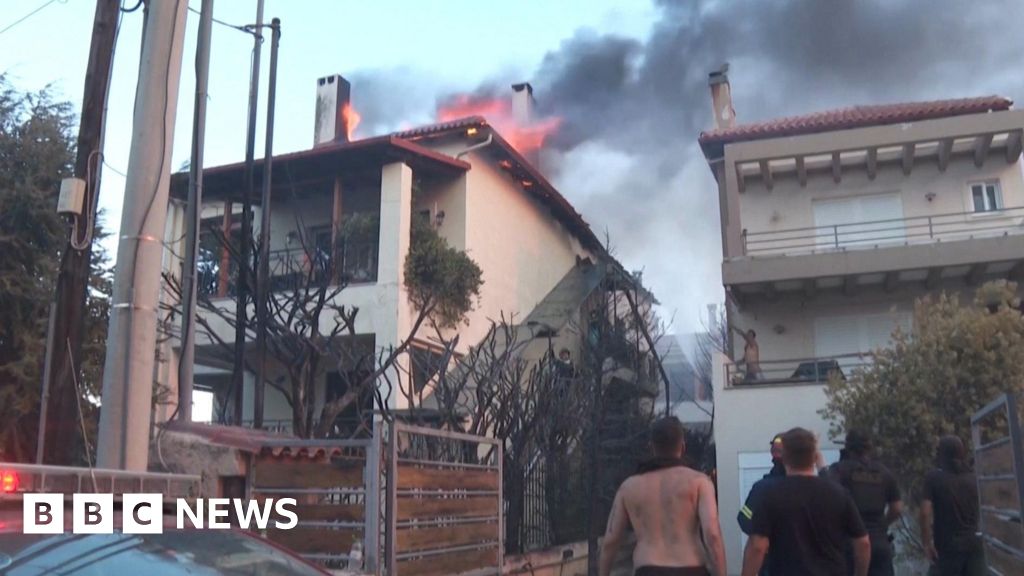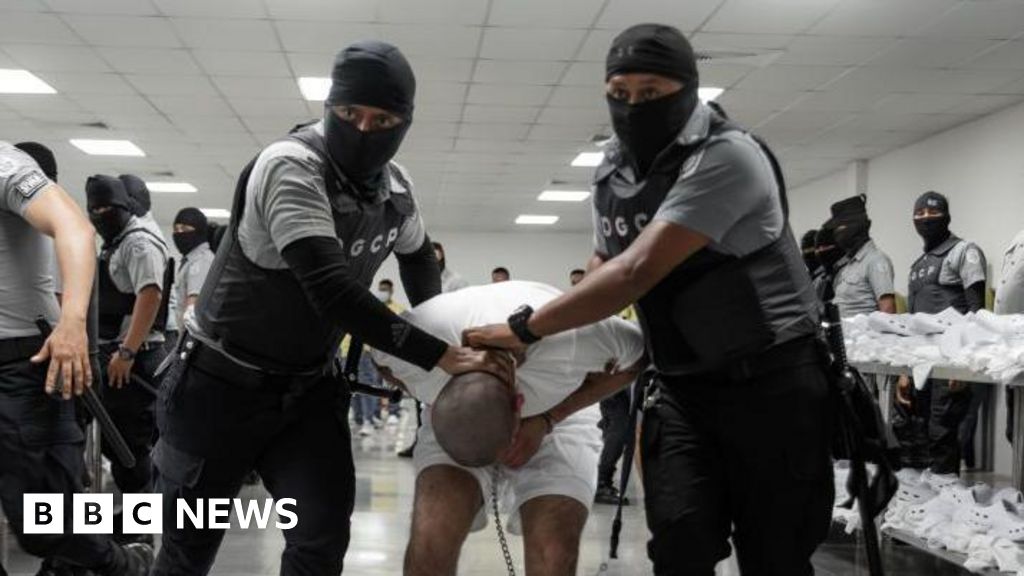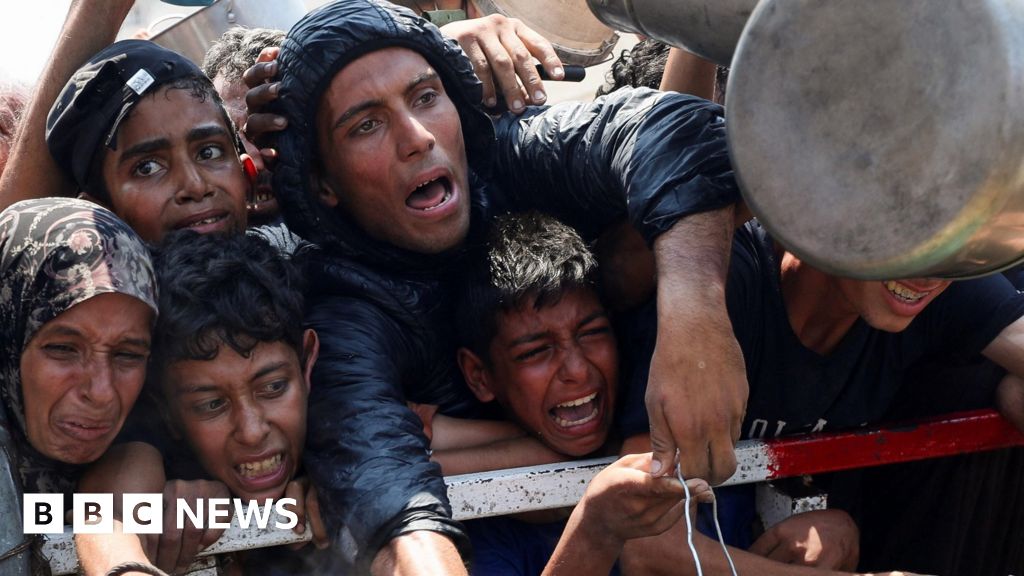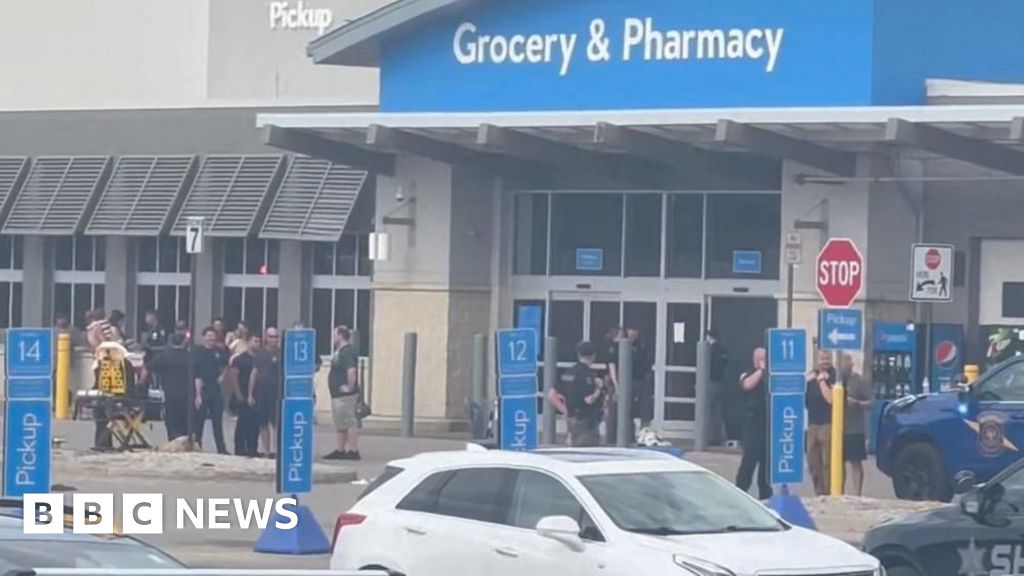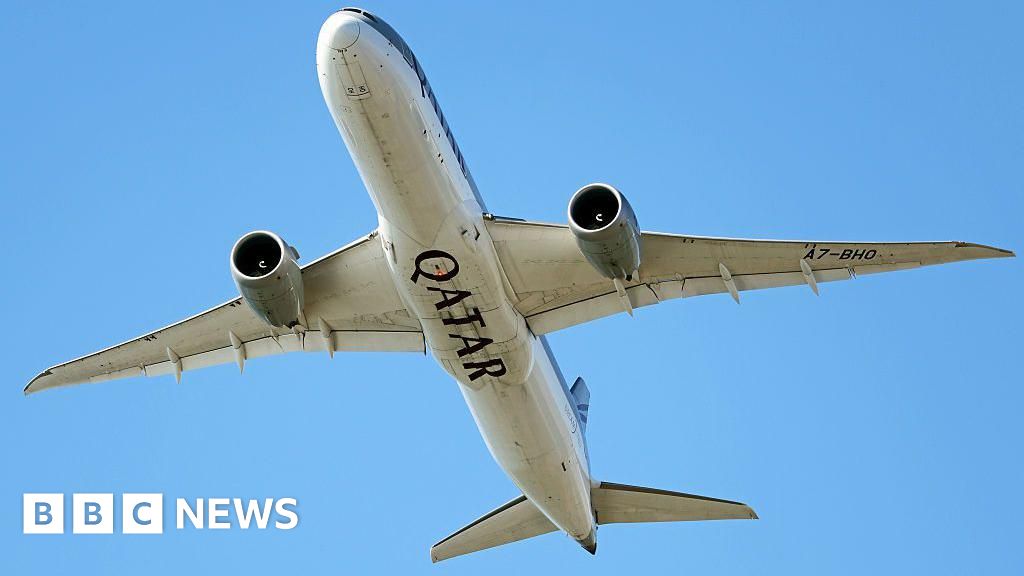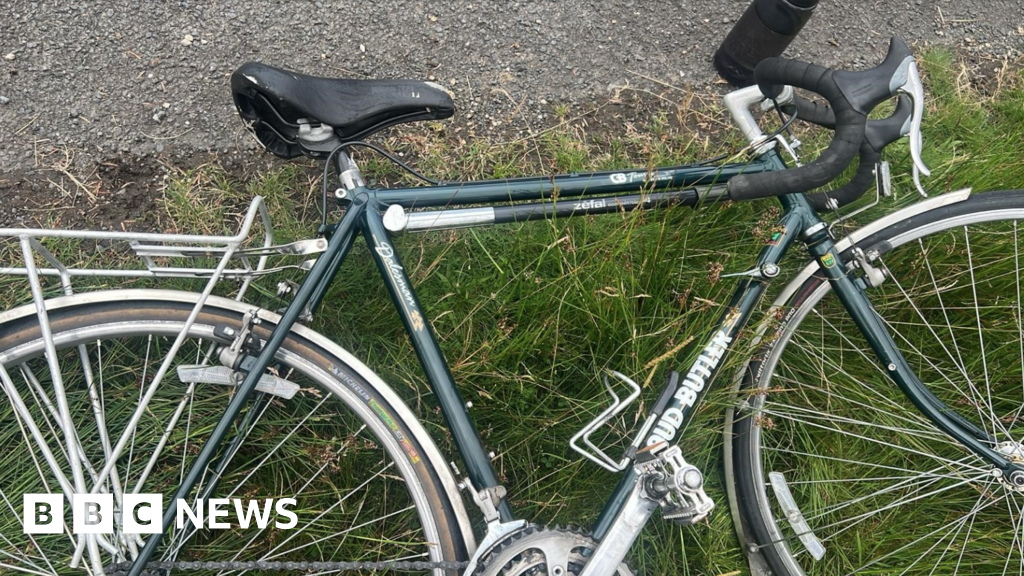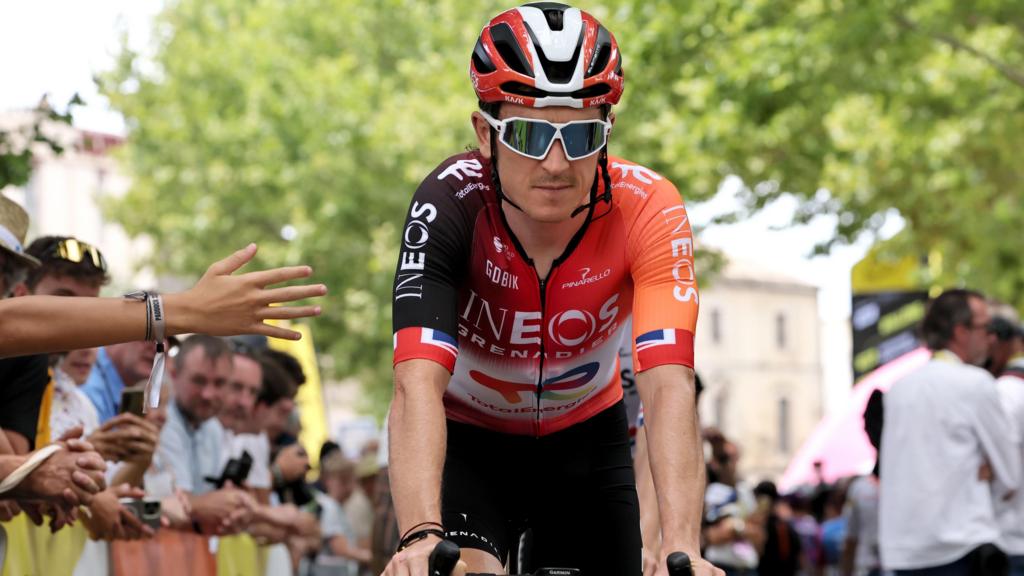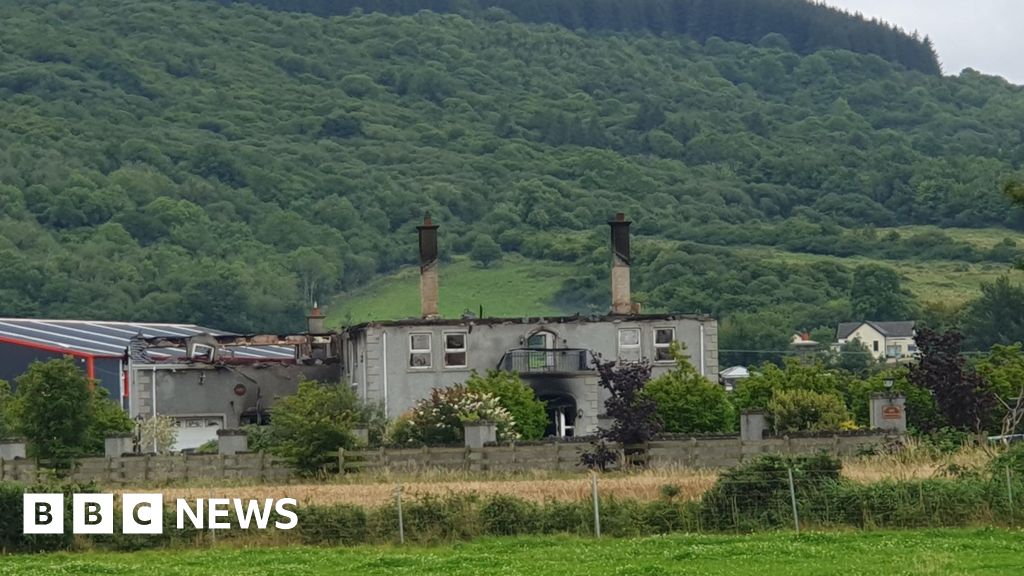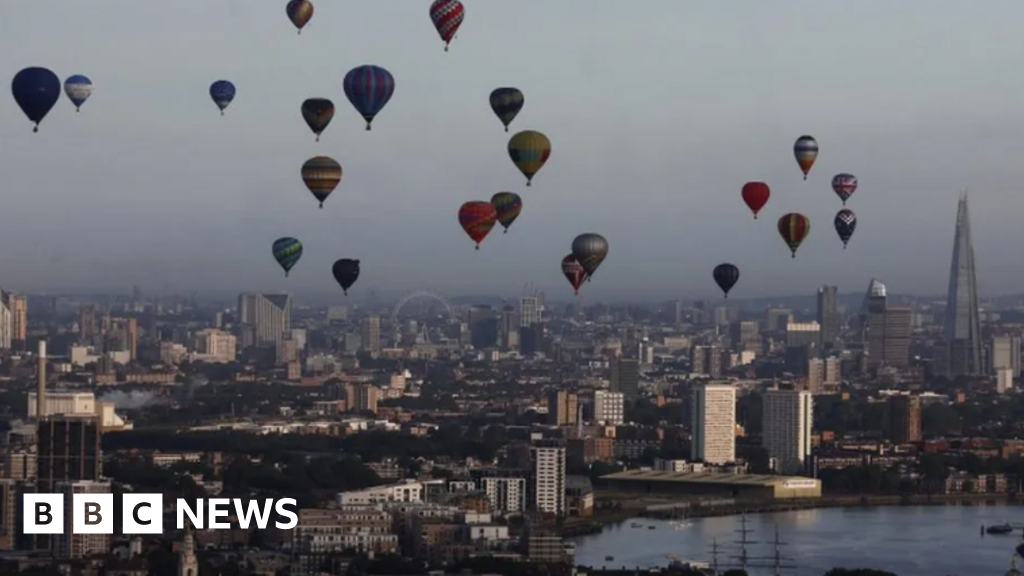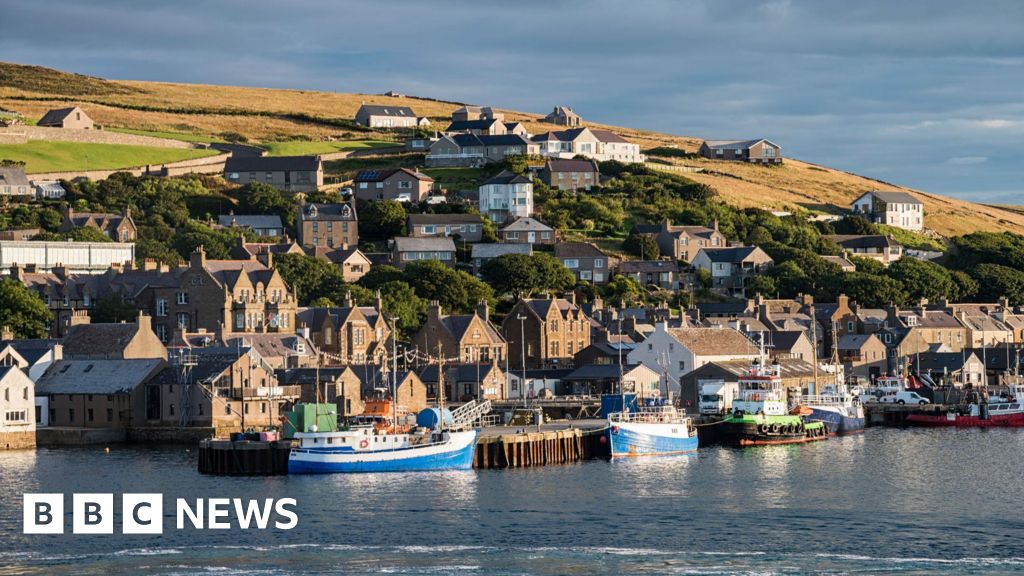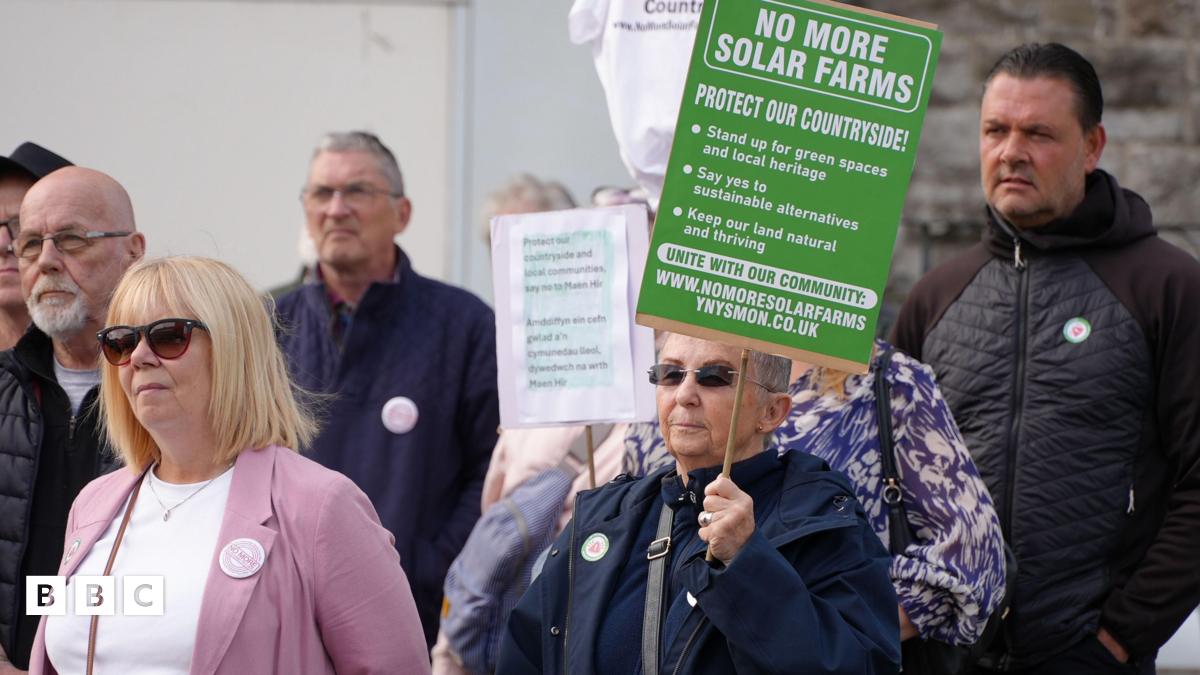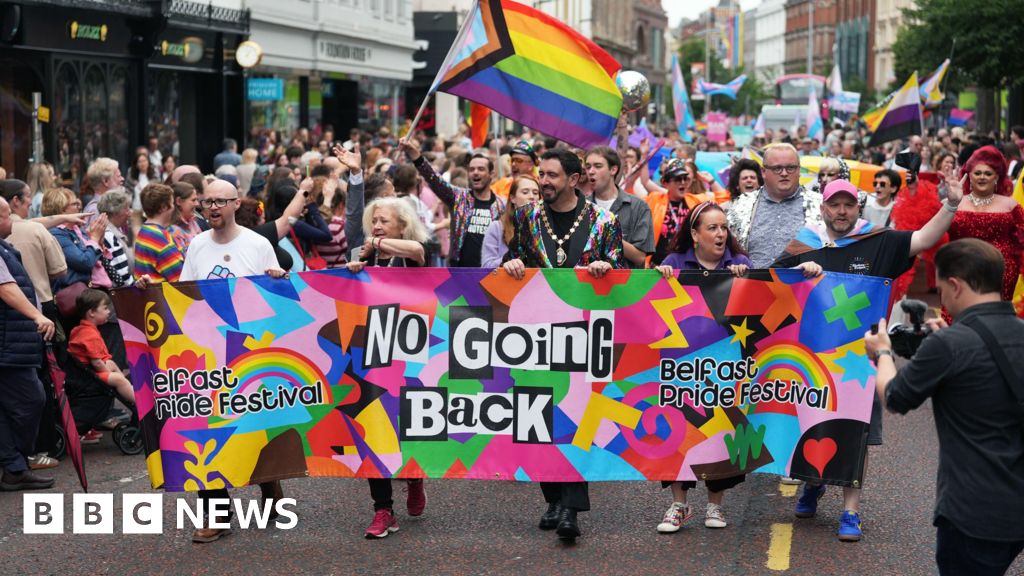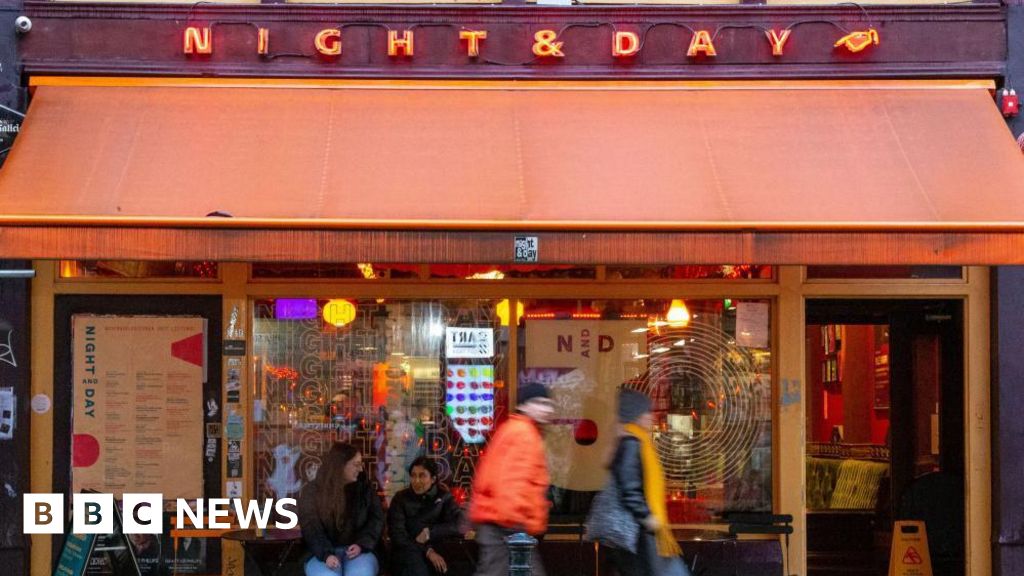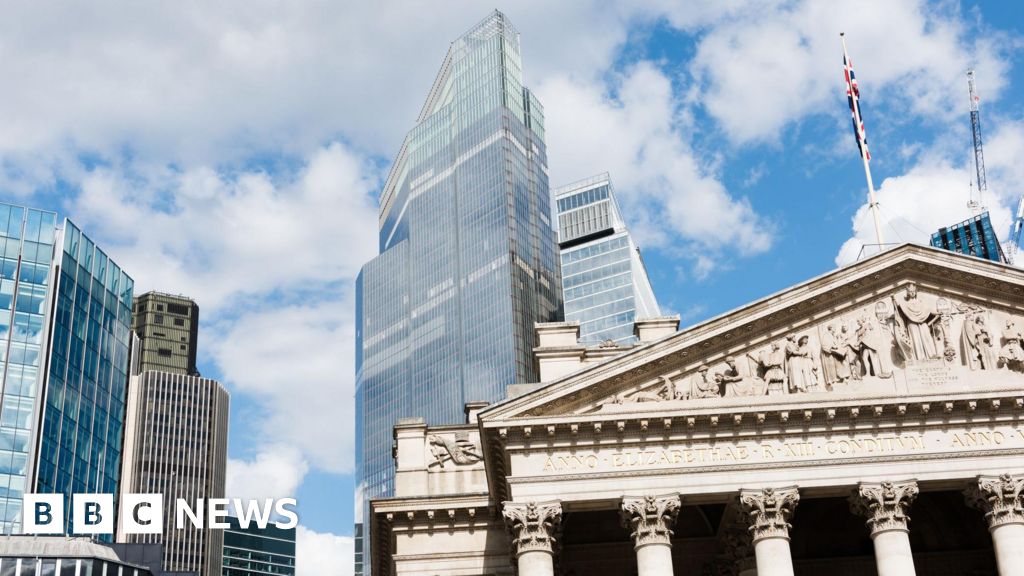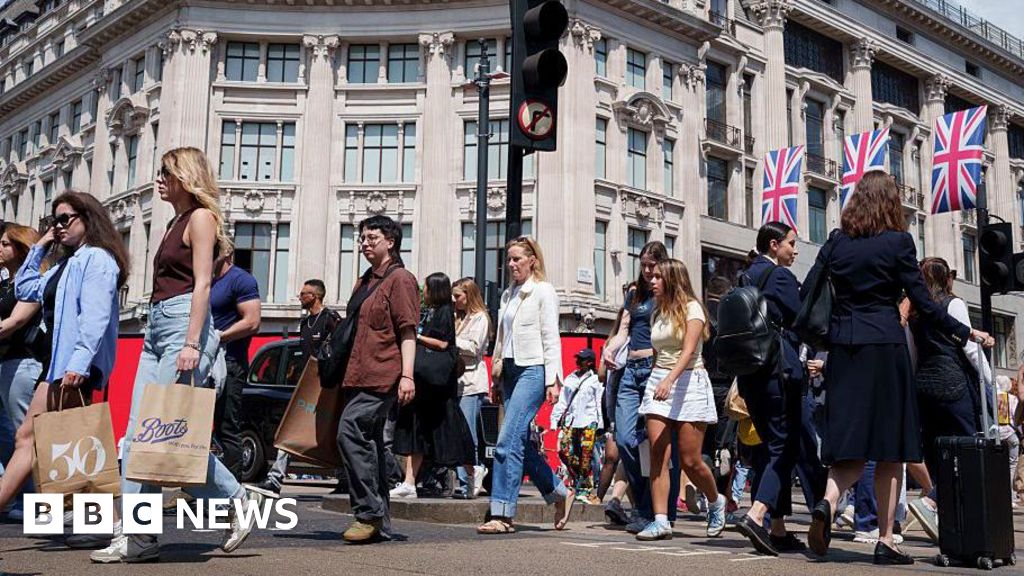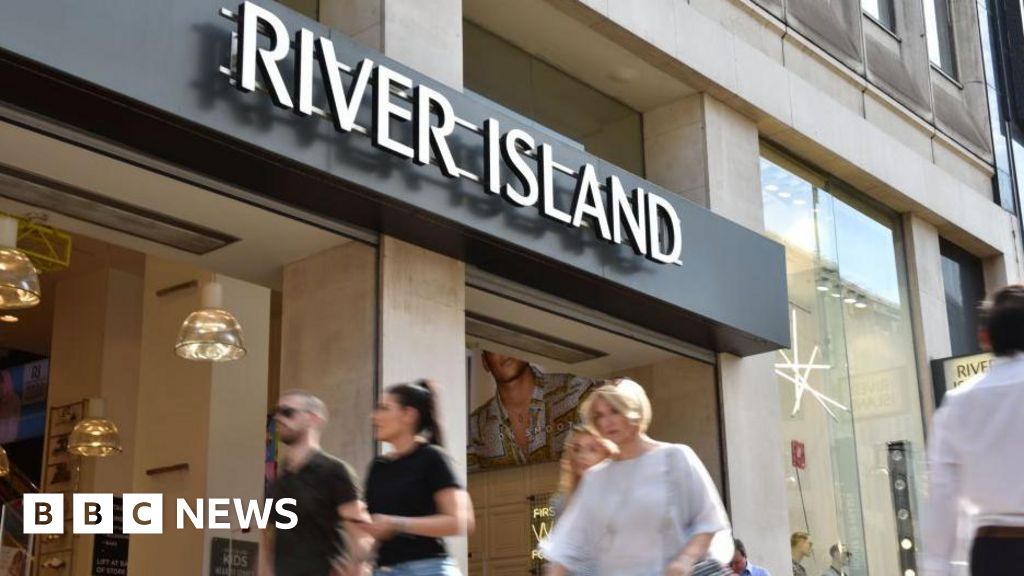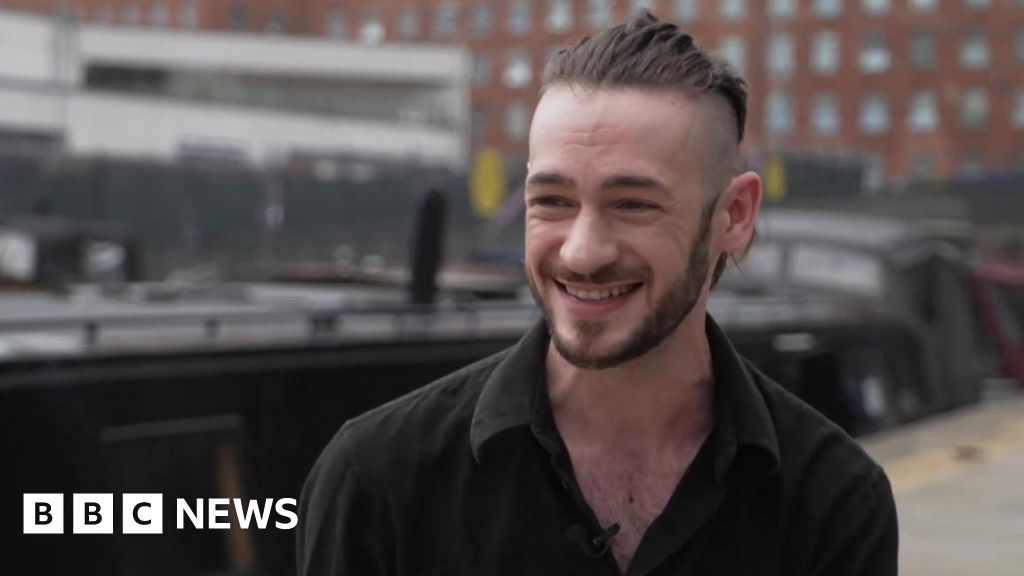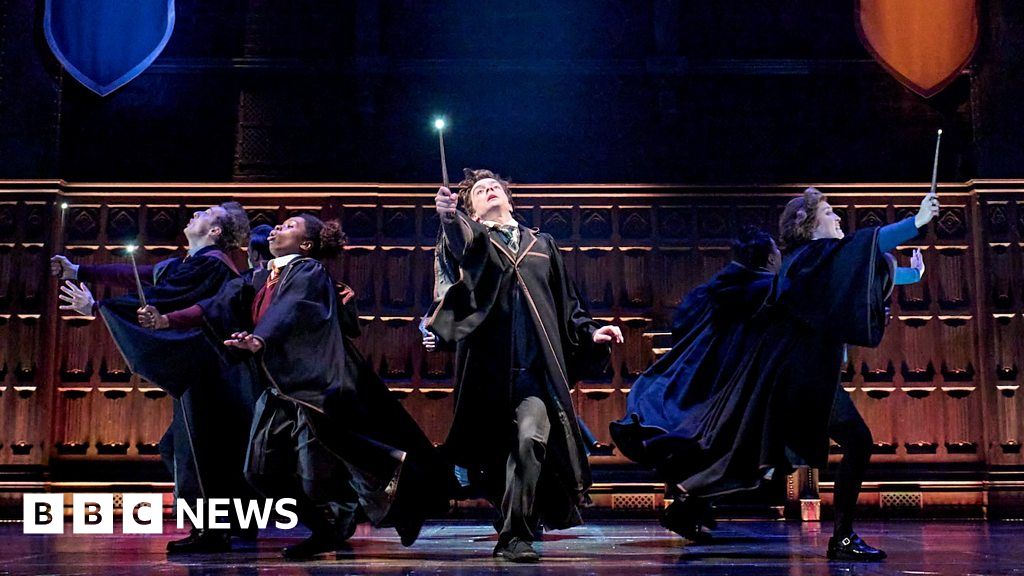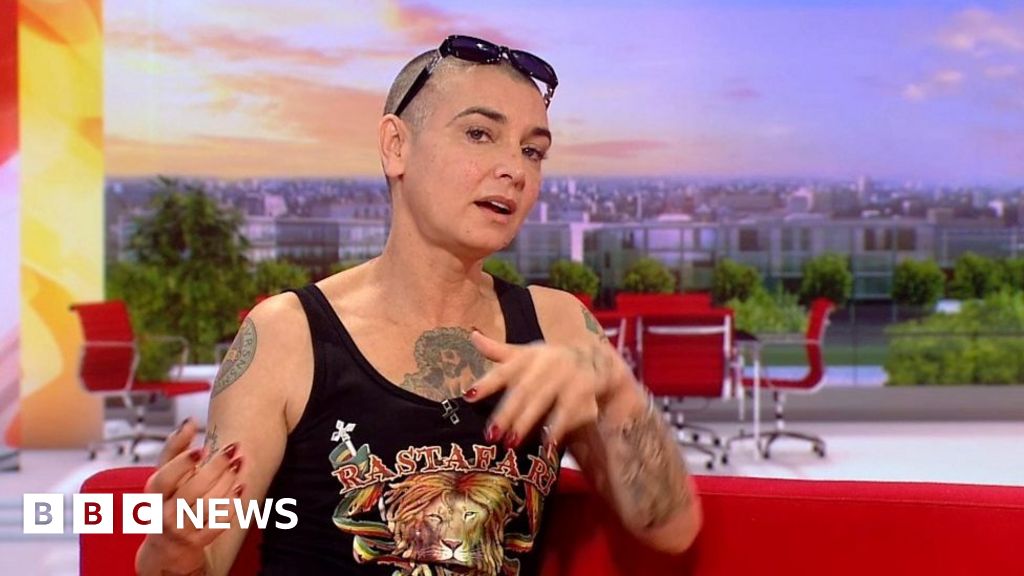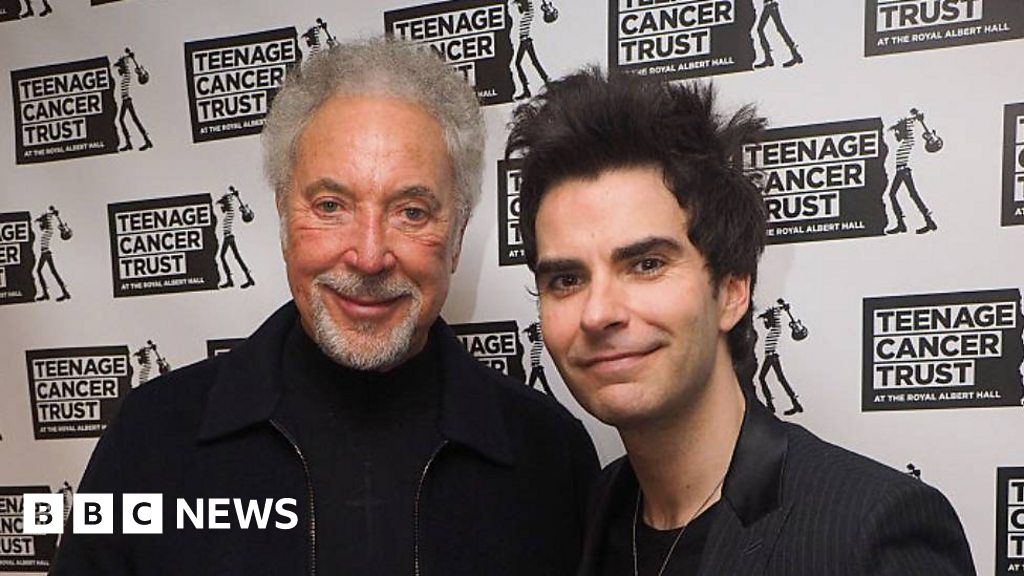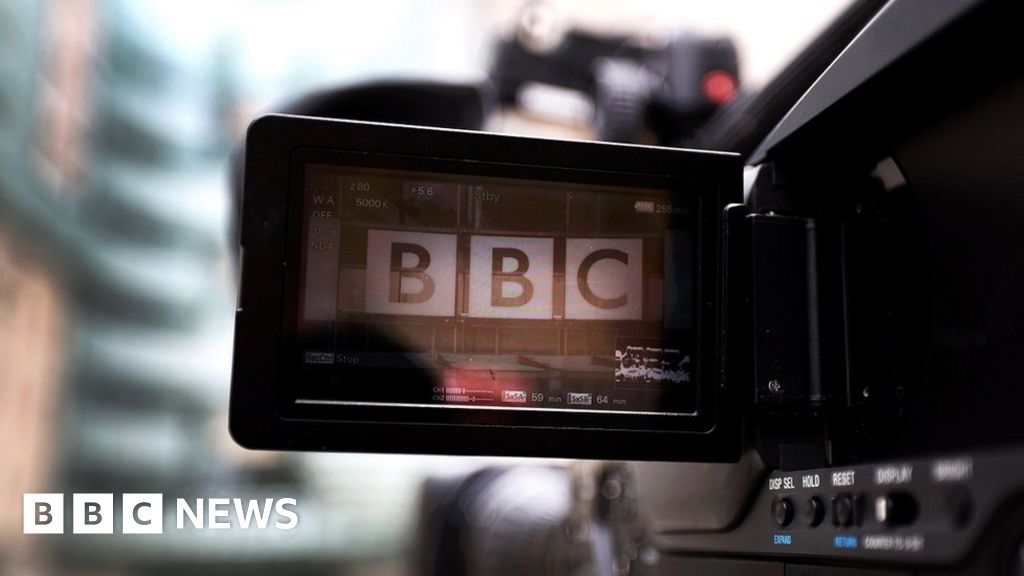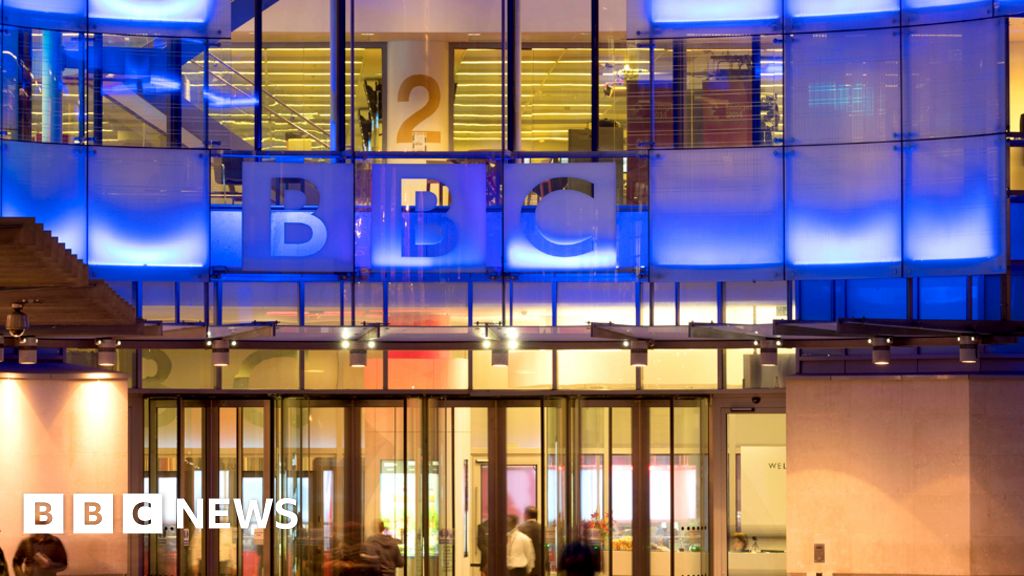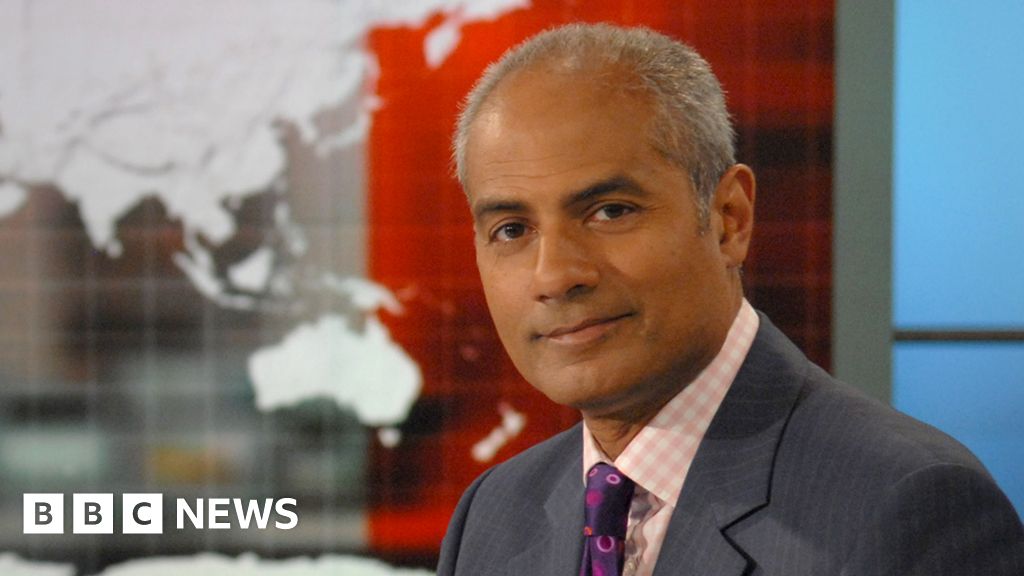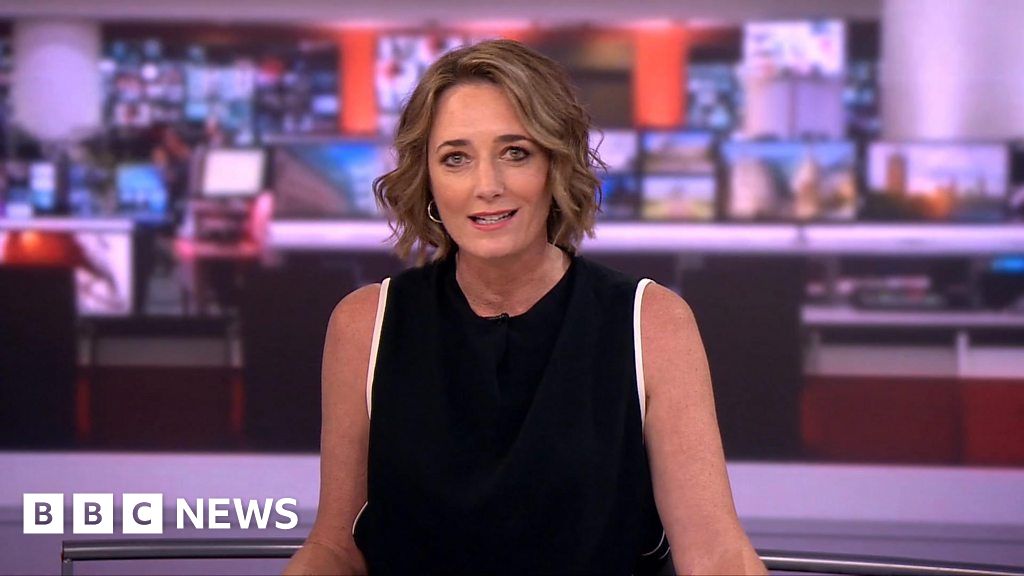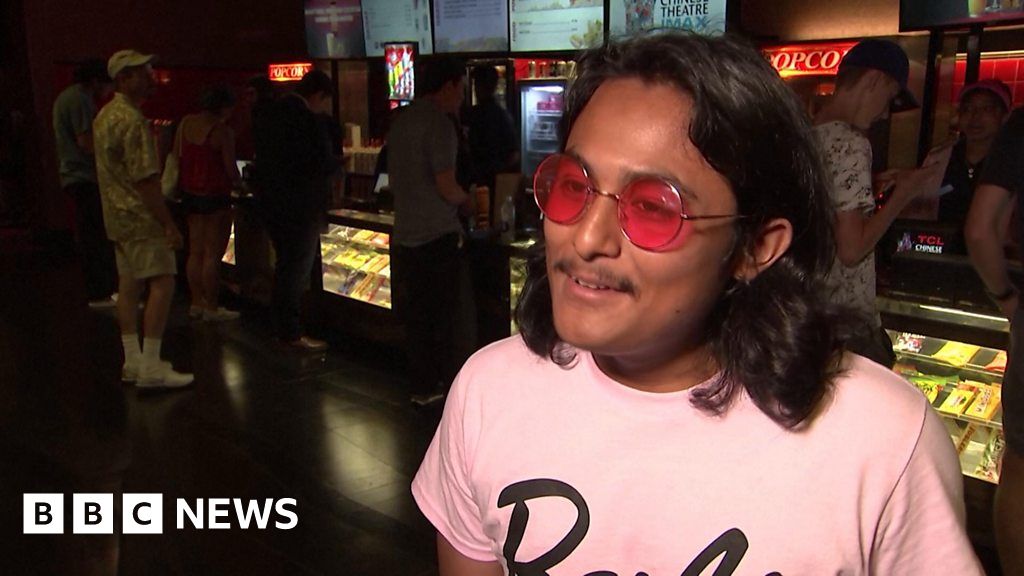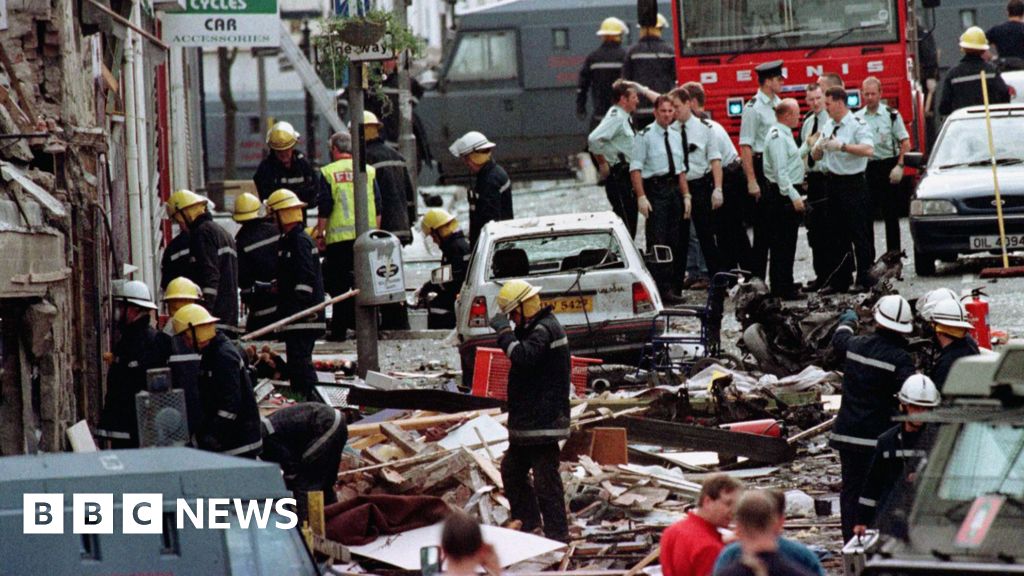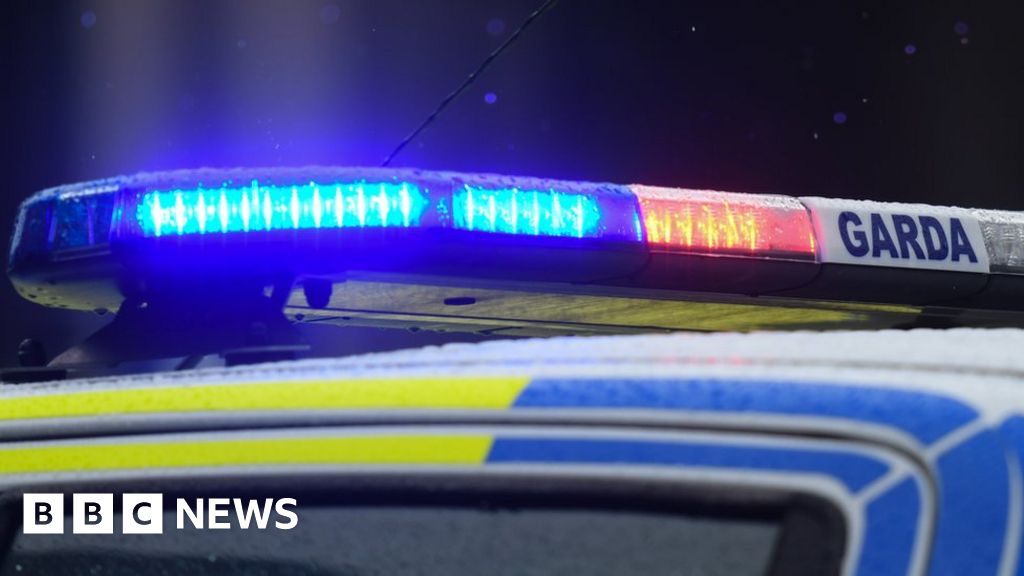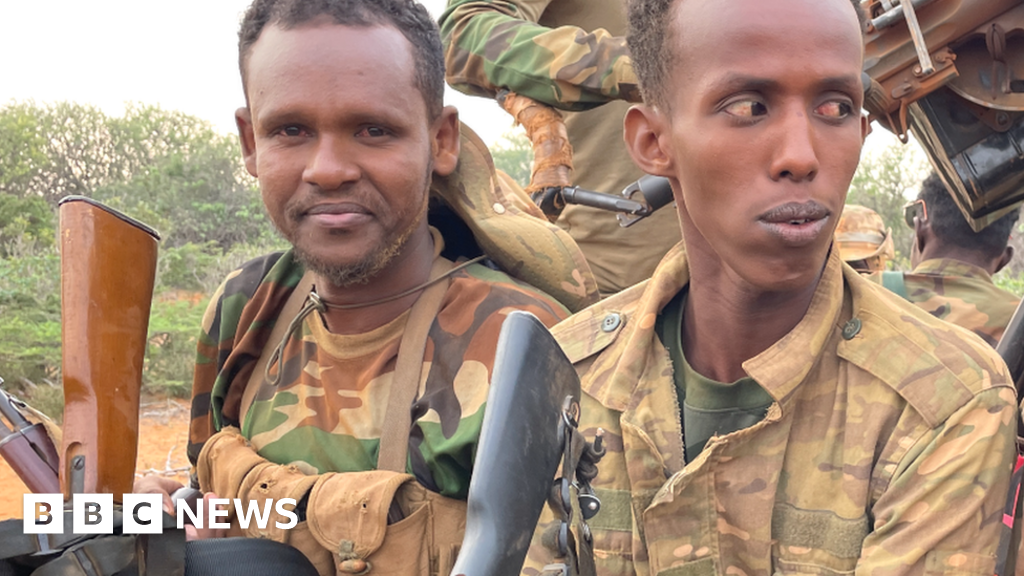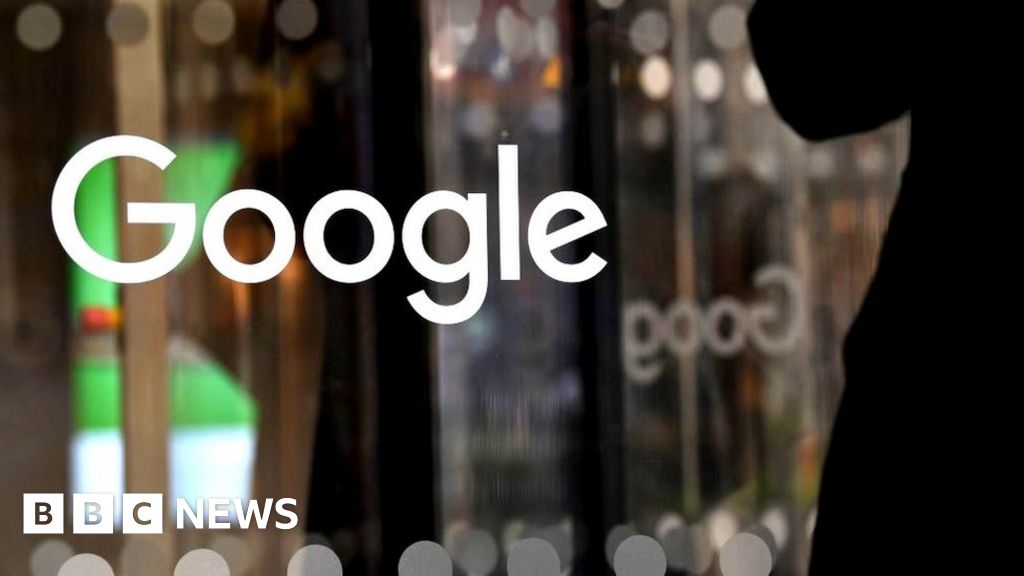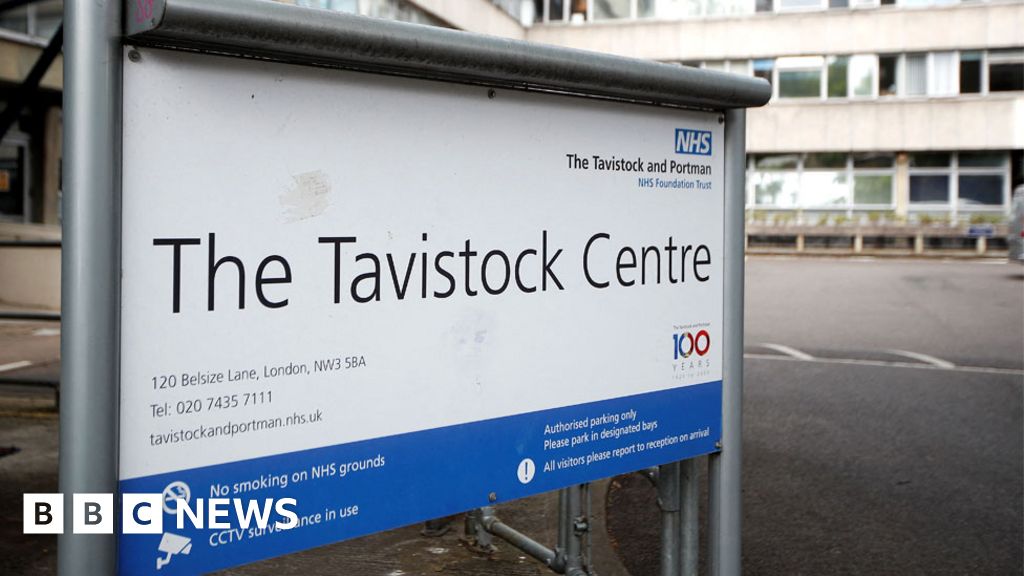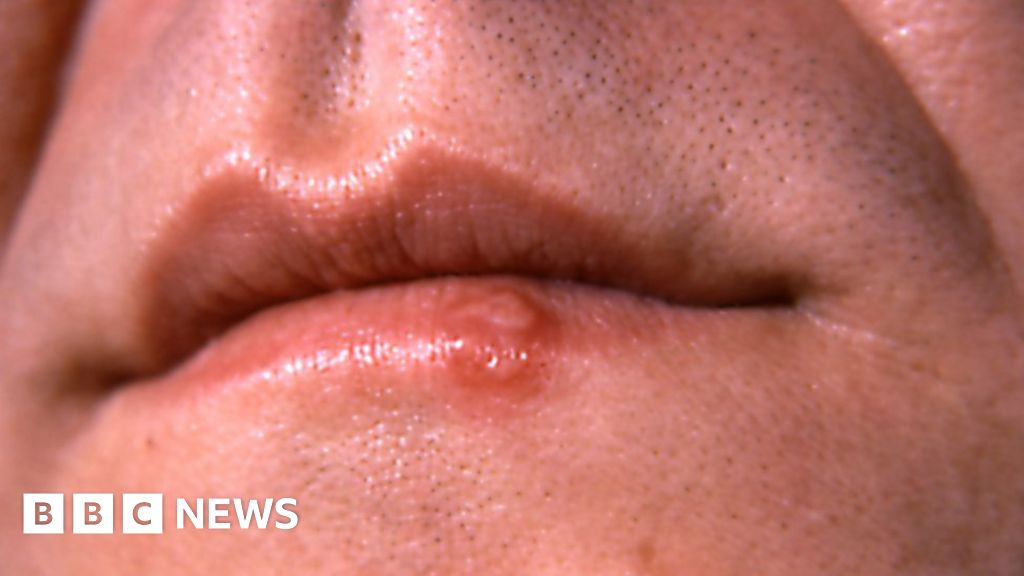BBC News NI
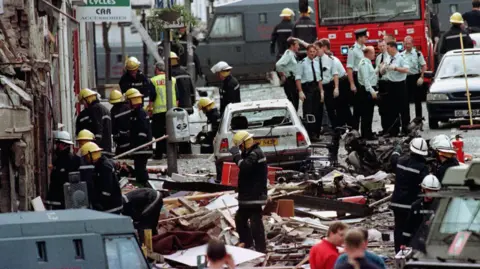 PA Media
PA MediaA woman who provided some of the first care to the victims of the bomb has said she will “carry the images” of that day until she dies.
In a statement that was read to the Omagh Bombing Inquiry, Edel Doherty described how she had been shopping with family when she “saw black smoke visible in the air” and knew that a bomb had gone off.
She described how she went to a chemist and gathered “anything that would absorb blood” – like nappies and sanitary products – in order to help the injured.
The Real IRA bomb killed 29 people in the County Tyrone town in August 1998, including a woman who was pregnant with twins.
‘Pieces of flesh, broken bodies’
“People were screaming, crying and I remember meeting ashen-covered faces. I could only see their eyes,” she said in a statement.
“There was a horrible smell and alarms from premises were ringing constantly.
“The area was filled with smoke. It felt unreal. Glass was falling out from buildings.
“Even though it was chaos and like a war zone filled with panic and fear, there was a stillness that felt eerie.”
She described seeing “body parts, pieces of flesh, broken bodies, and water and blood gushing down the street”.
“Casualties with clothes blown off them, the walking wounded wandering around like zombies,” she added.
“I felt that I was in the middle of something that was not real.”
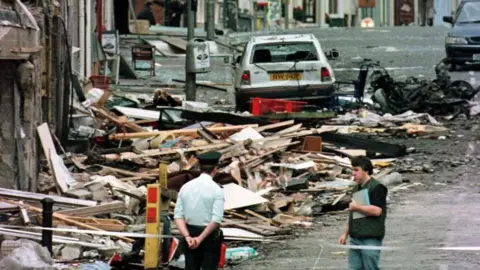 PA Media
PA MediaMs Doherty described how she went to a hospital in search of a family member.
“It was pure chaos, panic everywhere,” she said.
“Bodies on trolleys, blood on walls and floors, people shouting, crying, screaming for their loved ones.
“You would have thought the bomb had gone off there.”
She told the inquiry how families continued to struggle in the aftermath of the atrocity due to delays in registering their loved ones deaths as an inquest had to be held.
She also described the trial that followed as “horrendous”, as it involved having to listen to “copious amounts of gruelling detail”.
Ms Doherty added that subsequent bomb scares “terrified” her and brought her back to that day.
She said she will carry the images with her until she dies or her memory ceases to function, adding that she has survivor’s guilt and lives with “constant triggers” that bring her back to the day of the atrocity.
‘Can never be unseen’
Another survivor of the bombing described how she saw a niece of hers “laying on the bonnet of a car with a piece of metal sticking out of her back”.
Valerie Hamilton was badly injured herself, with shrapnel lodged in her eye and wounds all over her body.
She described how she told a doctor at the scene to take her niece first.
Ms Hamilton was at the inquiry, but her statement was also read by counsel.
She had been working in the Jewel Box in Omagh on the day of the bomb.
She described how she feared that her five-year-old daughter had been caught up in the blast as she was supposed to be in the town that day.
Fortunately, her child was not in the bomb but two of her nieces were injured and she required surgery.
Ms Hamilton said what happened to her led to the collapse of her marriage.
“What I saw can never be unseen,” she said.
“It causes me so much stress and tension that I have chronic pain as I relive that day every day.”
She said she now has a “constant fear of dying” and takes medication to help with her anxiety.
‘Lost so many friends’
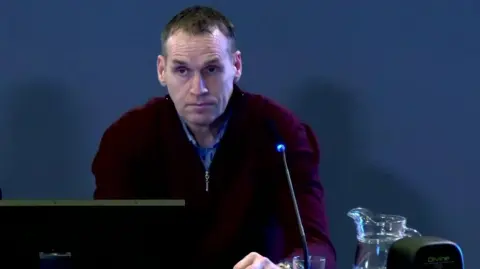 omagh bombing inquiry
omagh bombing inquiryIan Ferguson had been working in the family business – a dry cleaners – when the bomb went off.
He described the “carnage” he witnessed after the blast.
“The squealing and crying, the smell of smoke. It was just terrible,” he told the inquiry.
He told the inquiry how he started to help people by lifting them off the ground.
“There were people bleeding so I brought towels, blankets and anything I could get from the shop to use as bandages and help people.
Mr Ferguson said he “felt so thankful” to get back home that night.
He said he developed depression after the bomb – something he has been battling ever since.
He also has perforated eardrums and said his hearing goes.
“That day changed the whole lay out of the street,” he added.
“I lost so many friends and colleagues who never came back to work on the street again.”
Who carried out the Omagh bombing?
Three days after the 1998 attack, the Real IRA released a statement claiming responsibility for the explosion.
It apologised to “civilian” victims and said its targets had been commercial.
Almost 27 years on, no-one has been convicted of carrying out the murders by a criminal court.
In 2009, the judge in that case ruled four of the men – Michael McKevitt, Liam Campbell, Colm Murphy and Seamus Daly were all liable for the Omagh bomb.
The four men were ordered to pay a total of £1.6m in damages to the relatives, but appeals against the ruling delayed the compensation process.
A fifth man, Seamus McKenna, was acquitted in the civil action and later died in a roofing accident in 2013.
The public inquiry
After years of campaigning by relatives, the public inquiry was set to up examine if the Real IRA attack could have been prevented by UK authorities.
This phase of the inquiry is continuing to hear powerful individual testimonies from relatives who lost loved ones in the explosion.
The bombers planned and launched the attack from the Republic of Ireland and the Irish government has promised to co-operate with the inquiry.
However, the victims’ relatives wanted the Irish government to order its own separate public inquiry.
Dublin previously indicated there was no new evidence to merit such a move.

